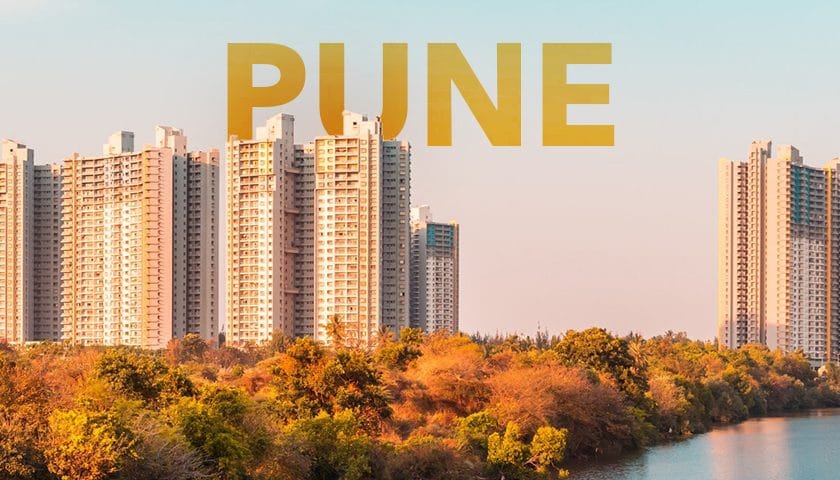Earlier this year, the Pune Metro infrastructure project became the subject of many headlines in India. It had achieved the distinction of carrying out its first trial run in just 30 months becoming the fastest metro project to do so in India. Now, Pune is all set for further development with the State government allotting Rs 30,000 crores for various infrastructure projects including economic corridors, new roads and highways, buses, and airports.
Pune underwent a swift expansion after the Mumbai-Pune Expressway began functioning in 2002, establishing it as an IT hub. Today, the city’s growth continues on the backbone of key infrastructure projects like the Pune metro, which are expected to boost residential and commercial real estate by improving convenience and connectivity.
Let’s take a look at some of the important ones that are going to change Pune’s landscape.
Pune metro
The project has been carefully planned to cover the most prominent residential and commercial areas in the city. Line One extends from Pimpri-Chinchwad to Swargate while Line Two covers areas between Vanaz and Ramwadi. Neighbourhoods like Kharadi, Hinjewadi, Wagholi and Keshav Nagar have been brought to the fore due to their proximity to the Pune metro.
For instance, apart from being a key stop on Line One of the metro, Kharadi has witnessed robust residential and commercial demand for being close to mature neighbourhoods like Viman Nagar and Koregaon Park. It is also well-connected to other parts of Pune, and beyond, through Magarpatta Road, Kharadi Road, and State Highway 27.
Over the last few years, Kharadi has steadily grown into a business and IT centre and is home to some well-known business parks like Zensar Knowledge Park, MIDC Knowledge Park, and the World Trade Centre. Kharadi also boasts a great social infrastructure with plenty of schools, colleges, and hospitals in its vicinity.
Pune ring road
The Maharashtra government recently approved a 128-kilometre ring road wrapping Pune city to keep the heavy influx of traffic from Nashik, Aurangabad, Bangalore, Hyderabad, and Mumbai at bay.
The ring road is set to make its way through 66 villages and some of the fastest-growing suburbs in and around Pune like Pimpri-Chinchwad, Mahalunge, Lonikand, and Pirangut among others.
In a visionary move, the Pune Metropolitan Region Development Authority (PMRDA) has already released plans for approximately 50 township schemes along the 128-kilometre stretch. Of these, it’s the Mahalunge-Mann, which seems to be developing at a rapid pace. The planned HiTech City project is one of the largest township projects and will be a mix of commercial and residential areas spread across more than 600 acres.
Mahalunge is already an upcoming suburb attracting many homebuyers with its affordability and connectivity to employment hubs and other parts of Pune. With the new township, prices in Mahalunge are only going to rise, which makes it a great place for residential investments.
Satara economic corridor
This year, the Maharashtra government has tabled Rs 4,000 crores for developing Satara as an industrial area as part of the Bangalore-Mumbai Economic Corridor (BMEC), which is expected to benefit peripheral regions like Sangli and Solapur.
Satara district is home to two of Maharashtra’s most-visited places, Panchgani and Mahabaleshwar. Home to celebrities and prominent film directors, both places are known for their prestigious boarding schools like St Peter’s School and St Joseph’s Convent School attracting students from all over India. The real estate in Mahabaleshwar and Panchgani are already priced at a premium, but the development of the economic corridor will boost interest in areas like Wai, Tapola, Ruighar, and others.





